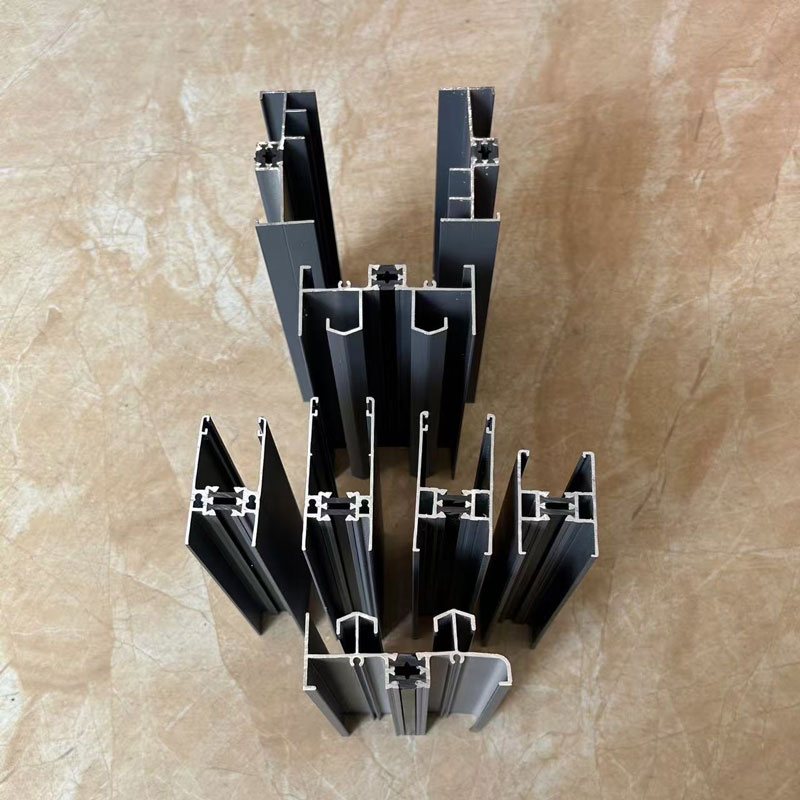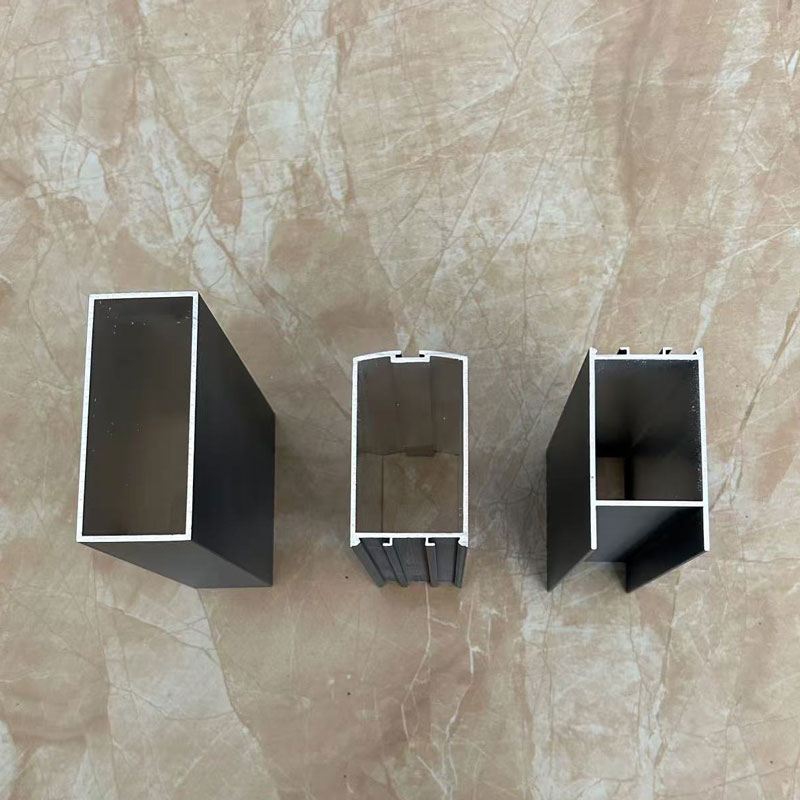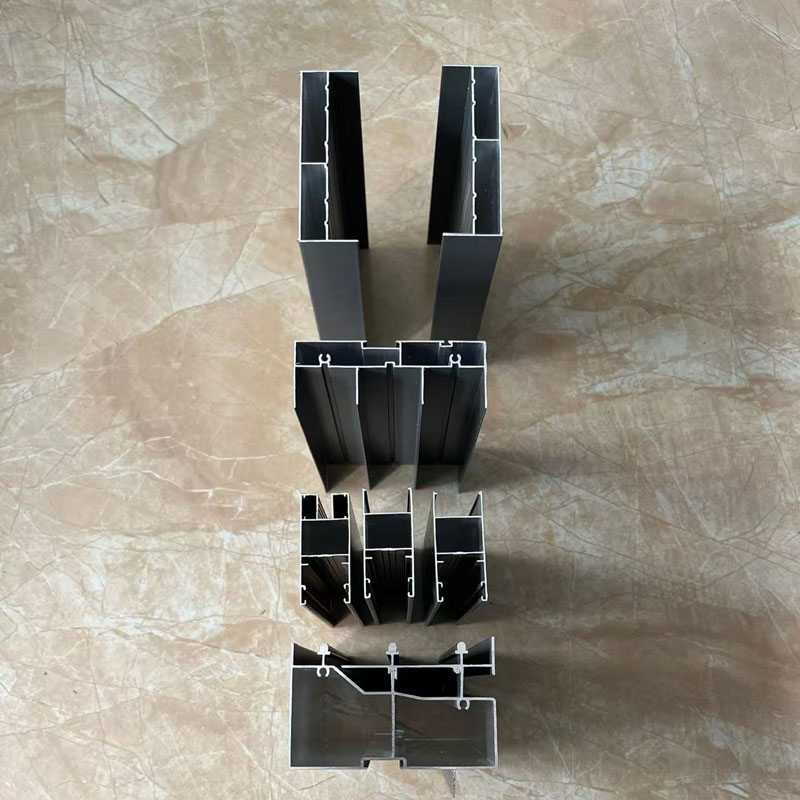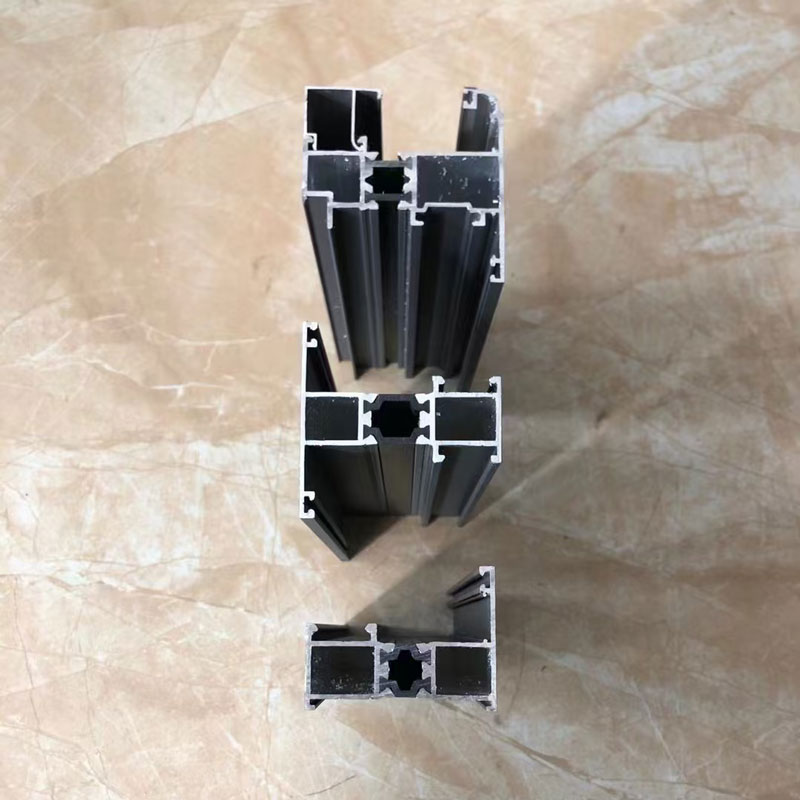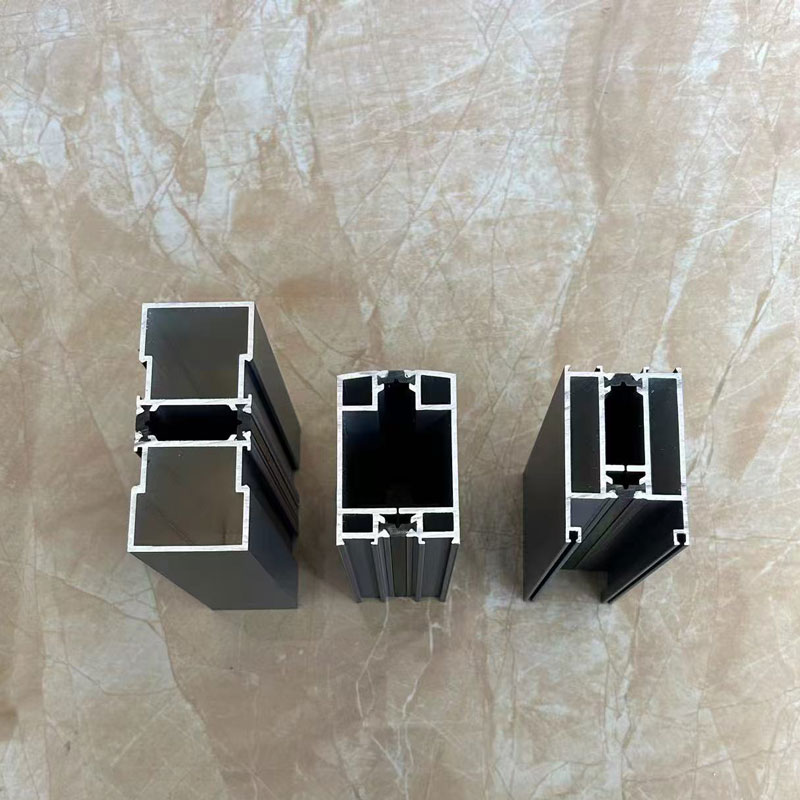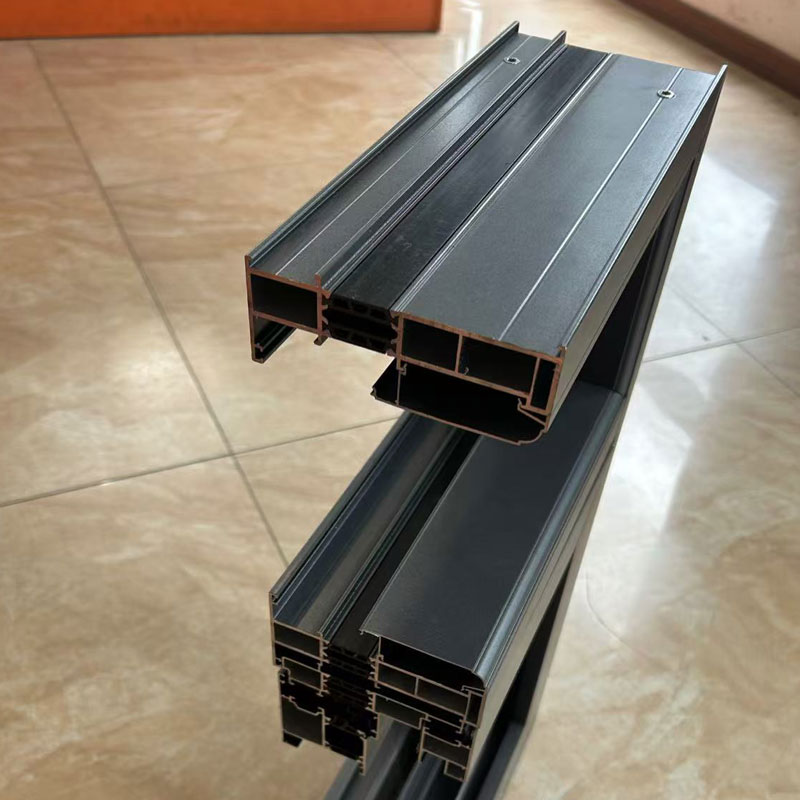

+86-18628829666
How do innovations affect the architecture of China?
2025-01-11
In recent decades, China has been demonstrating incredible success in architecture using innovative approaches and technologies. For a long time, the country followed the traditional architectural solutions that reflected its rich cultural heritage. However, with the development of technology, China has become one of the world leaders in the field of innovative architecture, creating impressive structures that not only attract attention with their design, but also meet modern requirements for environmental friendliness and stability. Innovations in the architecture of China have a significant impact on world trends and open new horizons in construction. In this article, we will consider how innovative solutions form the modern appearance of the cities of China and what technologies of the future are already applied in practice.
Technological breakthroughs in architecture
The development of technology affects China's architecture in the most revolutionary way. In recent years, the use of artificial intelligence, 3D printing and robotics has become an important part of the architectural process. For example, architects and engineers are increasingly using 3D printing to create unique and complex structures, which were previously simply impossible. In Beijing and Shanghai, you can increasingly see buildings built using additive technologies, especially for experimental objects that require non -standard solutions. Such technologies not only save time and resources, but also open immense opportunities for creative expression. Moreover, the integration of robotics into construction processes allows you to achieve high accuracy in construction, which reduces the risks of errors and helps to improve the quality of architectural projects.
Environmental stability and green technologies
With the growth of environmental pollution and climate change, the issue of environmental stability is becoming more and more relevant. China did not stand aside and actively introduces green technologies into architecture. The development of energy -efficient buildings using renewable energy sources becomes the norm. One of the striking examples is the constant pavilion of China at the World Exhibition in Shanghai. This building not only affects its size and design, but also uses solar panels for complete energy dependence from external sources. In addition, innovations are being introduced on the effective use of water and a decrease in CO2 emissions, which makes buildings more stable and safe for the environment. Thus, the use of green technologies contributes not only to solving environmental problems, but also inspires to create more harmonious architectural forms with the nature.
Intellectual cities: The future is already here
The concept of intellectual cities begins to actively develop in China, turning megacities into real innovative sites. In such cities, everything functions due to the use of advanced technologies and data analysis. Using sensors and automation systems, cities can more effectively manage utilities, transport system and infrastructure. Beijing and Shenzhen are already developing their intellectual areas in which buildings and transport networks are equipped with control and management systems that ensure the comfort and safety of residents. The development of such technologies allows the cities to become more stable and adaptive to changing conditions, which significantly improves the quality of life of citizens.
Architectural profiles in China: traditions and innovations
The historical and cultural context of China has always played an important role in the formation of architectural works. However, modern architects try not only to preserve a rich heritage, but also to introduce innovative solutions, thereby creating unique structures that combine the past and future. On the example of projects such as the Chinese National Museum in Beijing, you can see how traditional Chinese elements are perfectly combined with innovative forms and technologies. Such projects inspire a new generation of architects to develop the concept ‘new traditionalism’, creating buildings that harmoniously fit into city landscapes, while remaining technologically perfect.Architectural profiles in ChinaThey continue to develop, introducing modern methodologies and technologies that allow you to create new and amazing architectural masterpieces.
Influence of urbanization on architecture
The growth of urbanization in China demonstrates a significant impact on architecture, reflecting the desire of the state to modernize and improve the quality of life of its citizens. This led to the need for fast and large -scale development, which, in turn, led to the development of new architectural concepts and design approaches. Modern architecture in China is characterized not only by growing skyscrapers and large -scale residential complexes, but also with a thoughtful planning of urban infrastructure, which takes into account the needs of large and diverse communities. An extremely important aspect is the creation of functional and comfortable urban public spaces, which contribute not only to the improvement of the urban environment, but also to the formation of social activity.
Innovation in the field of building materials
Technical progress has opened new horizons for the development and implementation of innovative materials used in construction. In China, composite and nanomaterials are actively used, which are characterized by high strength and durability, which significantly increases the life of the structures. One example of such innovations is the use of transparent materials based on graphene, which allows you to create unique forms of facades and structures with a high coefficient of solar penetration. These developments contribute not only to improve the aesthetic characteristics of buildings, but also increase their energy efficiency. The use of such materials helps to reduce the overall weight of the structure and reduce the load on the foundations, which is especially important in the construction of high buildings and complex engineering structures.Architectural profiles in ChinaThey continue to use such technologies, thereby solving problems from the point of view of both efficiency and environmental friendliness.
The architecture of China is experiencing a new era of innovation, where everything is possible - from fantastic forms of buildings to integration of advanced technologies. These changes require a constant balance between tradition and modernity, which becomes a driving force for new generations of architects who seek not only to create unique works, but also to solve global problems. Innovations in the architecture of China open not only new technological capabilities, but also change the appearance of cities, making them more comfortable and suitable for life.





